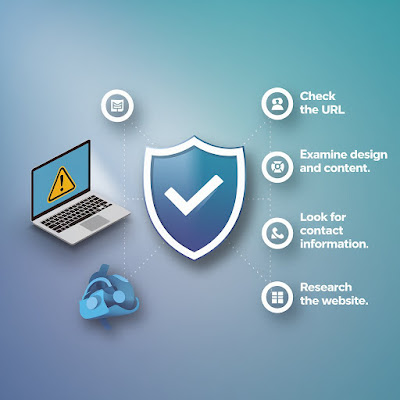What are some ways to determine if a website is fake?
Determining if a website is fake can be tricky, but there are several straightforward methods to help you identify fraudulent sites. Here are some key indicators to look for:
1.Check the URL
Look for HTTPS: Ensure the website uses HTTPS instead of HTTP. The "S" indicates a secure connection. Domain Name: Be wary of misspelled URLs or unusual domain endings. For example, a site claiming to be Amazon but ending in .net could be suspicious.
2. Examine the Design and Content
Professional Appearance: Fake websites often have poor design, low-quality images, and lots of typos or grammatical errors.
Content Quality: Check if the content is original or seems copied from other sites. Poorly written or irrelevant content can be a red flag.
3. Look for Contact Information
Availability of Details: Genuine websites usually provide clear contact information, including a phone number and physical address. If this information is missing or hard to find, it’s a warning sign.
Check Reviews: Look for reviews on platforms like Trustpilot or Google. A lack of reviews or overwhelmingly negative feedback can be a warning.
Use Website Checkers: Tools like WHOIS or site verification services can provide information about the website’s age and ownership.
5. Analyze Payment Methods
Secure Payment Options: Legitimate sites offer secure payment methods like credit cards or PayPal. Be cautious of sites asking for wire transfers or payment via gift cards.
6. Trust Your Instincts
Gut Feeling: If something feels off about the website, trust your instincts. It’s better to err on the side of caution.
Conclusion
By following these steps, you can better protect yourself from fake websites. Always take the time to verify before making any transactions or providing personal information online. Staying informed and cautious will help you navigate the web more safely.











0 comments:
Post a Comment